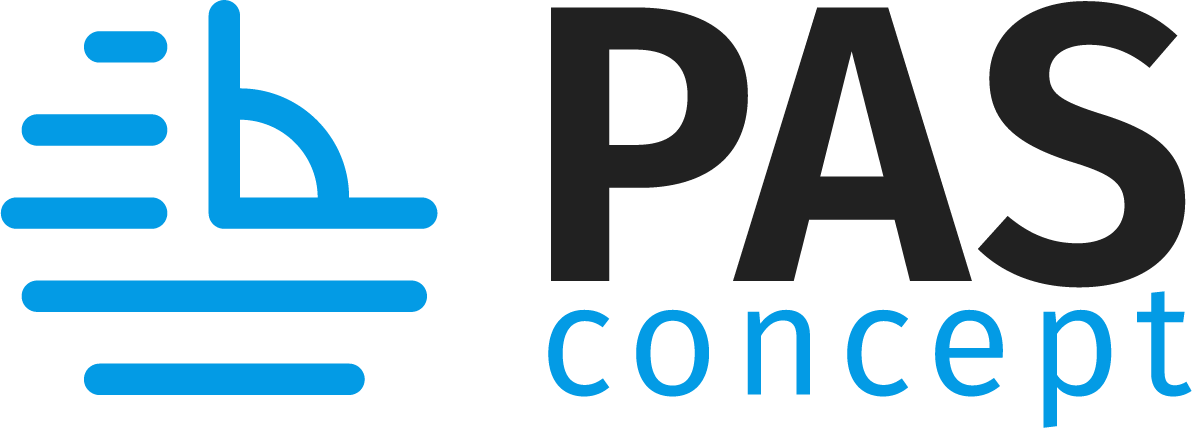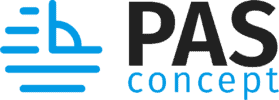
Proposal First Steps
A successful proposal depends on a well-planned and systematic approach. In order to achieve this, you will need to take some initial steps. This article discusses the important first steps that must be followed in order to create an effective proposal.
What are the first steps to creating a proposal?
The first step you need to take to create your proposal is the project itself. You need to know the type of project and all the specifications in order to know what to base your price on. Furthermore, you need to know the purpose of the project, the audience you want to target, and you also need to understand what are the benefits and services you will offer. Additionally, you need to have a vision for the project and how you plan to execute it. After you have this information, you can begin to write the proposal.
Tips for writing an effective proposal
When writing a proposal, keep in mind the following tips:
- Be clear about your objectives: Make sure your objectives are clear and concise. Write down what you want the reader to know about your project in as few words as possible.
- Be clear about your timeline: Your timeline should be concise and easy to understand. Write down the specific dates and timelines for your project. This will help the reader understand how you plan to execute the project.
- Be clear about your resources: List the specific resources you will need to complete your project. This will help the reader understand how much money you will be spending on the project.
- Be clear about your deliverables: State the specific outcomes you expect to achieve with the project. This will help the reader understand what they can expect from the project.
- Be clear about your pricing: Be honest with your pricing and include all the necessary information. This will help the reader value your proposal and make a decision about whether or not to invest in it.
Basic Information
Writing a proposal can seem daunting, but with the right approach, it’s an easy task.
After you have defined the client, there is some basic information you need to provide such as the project name, location, property owner name, units, sector, job type, department, and most importantly the template that will define the structure of the proposal.
This is not a hard task, but instead it is a timely one. This is why PASconcept helps decrease the administrative cost of your company. How? Once the template is selected in PASconcept, you have 80% of the work already completed. This template populates all the required information in the proposal and can be edited if you have the need to do so.

Opening and Closing Text
An opening and closing text in a proposal is a brief message that is used to introduce the proposal and set the tone for the document. They should be included at the beginning and end of a proposal, respectively, and should be written in a clear, concise, and professional manner.
Additionally, the opening and closing text can help to orient the reader with the proposal’s content and help to frame the argument.
The opening text should provide an overview of the proposal and its goals, introduce the firm and the committee behind the proposal, summarize the project or proposal itself, and explain any special features or benefits of the proposal.
On the other hand, make sure that your closing text is concise. A few key points that you want to emphasize should be summarized neatly and clearly. Your goal is to get your clients to actually read it, not skim it.
Engineering Project Template
Engineering project type templates are an important document that will be very useful for engineers. This template provides a general overview of different types of engineering projects and their specific requirements. This document can help you to organize your work, improve the quality of your designs, and save time on future projects by providing you with a comprehensive understanding of all the various aspects related to each type of engineering project.
The most common types of civil engineering project templates are new construction, construction site inspections, impact analysis, among others depending on the type of engineering the company specializes in. Each template is designed to help you manage and complete your project more efficiently.
To choose the right template for your project, it is important to understand what you are attempting to achieve. You need to identify the objectives of your project, and then choose a template that will support these objectives.
Tips for completing a successful civil engineering project:
- Always start your project with a plan
- Maintain constant project communication
- Use a high-quality project management system
- Ensure compliance with all safety and regulatory requirements
- Always work within budget
Architecture Project Template
There are many different types of architecture project templates available, and one of the reasons why people might choose to use a template is that they can be customized to fit the specific needs of the project. It can be helpful if the template is specifically designed for a certain type of project, such as a website or a brochure. If you’re not sure what type of project you’re undertaking, it’s worth taking the time to look for a template that suits your needs.
It’s important to choose the right template for your project. Not all templates are suitable for every type of project. It’s important to consider the type of architecture project you’re undertaking and the specific needs of the project. You may find yourself creating a template for a single family home, and once you finish it, you are able to use it for all your projects that have this type of scope.
There are many different types of templates available, so it’s important to choose the right one for you.
Tips for completing a successful architectural project:
For an architect, having everything under control and organized it’s very important! They are the leaders of the project and need to create a schedule that flows for every discipline.
A successful architectural project starts with knowing your project objectives. You need to determine what you are trying to achieve, what the end result should look like, and what needs to be done in order to get there. Once you have a firm idea of what you are trying to accomplish, you can start to plan the work. The first step is to develop a timeline and budget, and then prioritize the tasks. This includes establishing timelines for various stages of the project, assigning tasks to team members, and tracking progress.
Once you have to create a team, PASconcept offers a feature called the Request for Proposal so you can make an informed decision of the consultants you would like to have on your team. To learn more about this feature, request a personalized demo with our team!
You are all done with your first steps!
Don’t forget the proposal is your chance to make a first impression. By following these simple tips, you can ensure that your proposal is going to be powerful, impactful, and persuasive.
To build a strong proposal, you should start with a compelling base. Entering the right basic information of a project at the beginning will help you build a good proposal. By doing so, you may be able to persuade the client and gain knowledge of some aspects that might get confused once the project is already in progress. Please visit our PASconcept Proposal Management tutorial at this link:
Or you can also schedule a demo at the link below!
©️ 2022 PASconcept wrote and published this article. All rights reserved.






